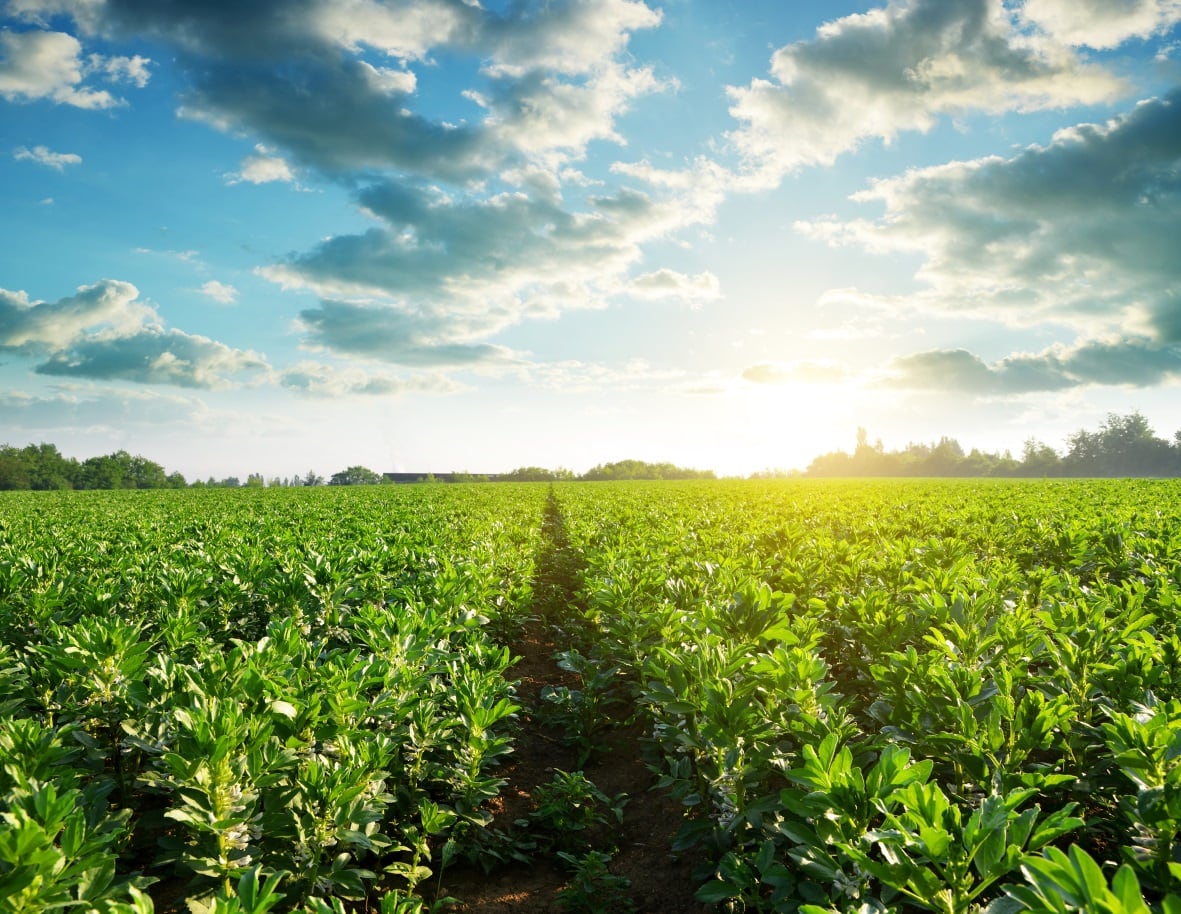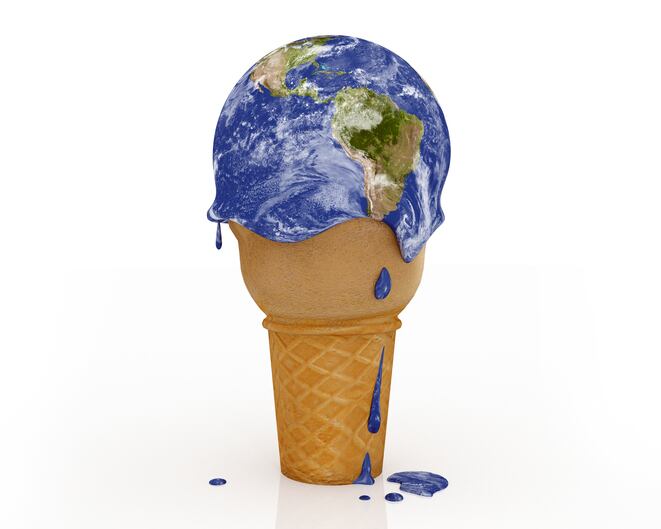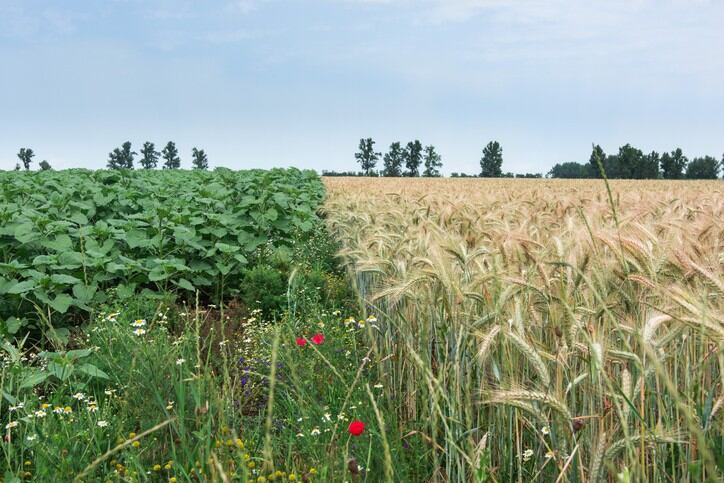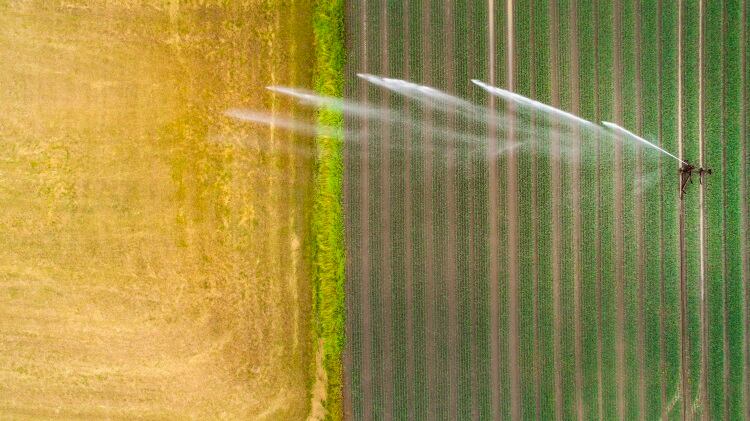The approach, Innovation Mapping for Food Security(IM4SF), is being developed by a team coordinated by Dr Tomaso Ceccarelli of Wageningen Environmental Research, The Netherlands, and Dr Eyasu Elias Fantahun of Addis Ababa University, Ethiopia.
The platform builds on the CASCAPE project, carried out in cooperation with the Ethiopian government’s Agricultural Growth Programme to build capacity for scaling up of evidence-based best practices in agricultural production in Ethiopia.
CASCAPE designed and implemented site-specific combinations of crops, soils and farming practices, enabling around 200,000 farmers to boost their harvests above the Ethiopian average.
The programme focuses on combining data with stakeholder engagement to deliver productivity gains, involving farmers, workers, local experts and planners “from the start”. This aspect of the project is crucial for its success, Eyasu and Dr Ceccarelli told FoodNavigator.
“Crucial to the accuracy and effectiveness of the mapping technology is the combination of data with stakeholder engagement - farmers, extension workers, local experts and planners are engaged from the start, to provide a comprehensive understanding of the realities on the ground. This ensures the proposals suggested by the mapping will work in practice and be truly bespoke to the region and meet the specific needs,” they explained.
This information is then fed into a geographic information system (GIS) tool to match best farming practices with bio-physical and socio-economic conditions and create ‘recommendation maps’ to highlight areas suitable for intervention.
According to the project coordinators, they rely on over 20 data sets to characterise the biophysical setting and socio-economic circumstances. These are sourced either from national and global, often open, data sources, or from local data generated for specific purposes.
Data sets collected include:
Biophysical data:
- Climate (precipitation, temperature)
- Soil physical properties (depth, texture etc.)
- Soil fertility (eg. pH.)
- Landscape (altitude, slope, drainage)
Socio-economic data:
- Farm production feasibility: landholding size, farm inputs, labour/household size, access to extension support
- Market access: local, district and wholesalers
Participating farmers saw yields increase threefold for wheat and double for Teff and Faba bean.
IM4FS goes a ‘step further’
IM4FS takes these learnings one step further by offering a scenario planning function that informs decisions in agri-landscapes and food insecure areas. This ultimately creates a more dynamic and interactive tool to provide simulations and aid stakeholder engagement, Olam said.
While the system aims to boost Ethiopian crop production, it wants to do so in a sustainable way that boosts the country’s long-term prospects by factoring in environmental outcomes, such as soil health and biodiversity.
“Poor soil fertility is one of the significant constraints to food productivity in Ethiopia and IM4FS will address this by supporting the scaling of proven farming interventions in food insecure areas, including crop rotation, using appropriate type and amount of fertiliser and pest management. Supported by a GIS based tool, IM4FS can also be applied to analyse and identify problem areas, related for instance to soils with special limitations, which feeds into the scenario planning stage,” Dr Eyasu and Dr Ceccarelli said.
“The ultimate goal is to improve food productivity in Ethiopia; reducing its reliance on imports by helping it meet its potential for self-sufficiency. But the approach to this through IM4FS is to improve the overall sustainability of farming by promoting appropriate ‘climate smart’ practices in food insecure regions that are improving smallholders’ yields and therefore their livelihoods too.
“The aim is for IM4FS to be used by government institutions and planners as a decision making tool to ensure the right interventions and investments are made where and when they’re needed, which will help lift thousands more smallholders out of subsistence farming.”
Scope beyond Ethiopia
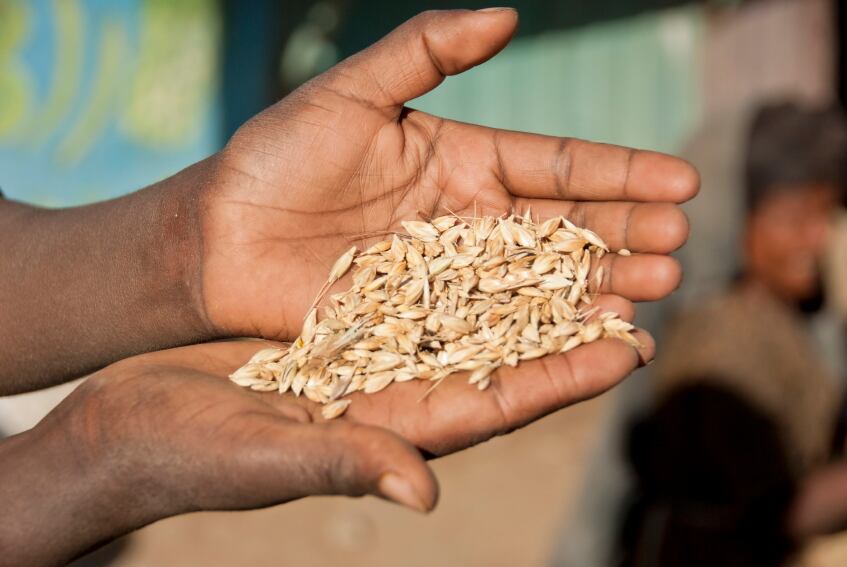
Ethiopia is a “perfect example” of a country in need of an “innovative solution to boost productivity”, Dr Eyasu suggested. It is the second largest country in Africa for arable land, but imports half of its food.
According to the researcher, the country could be self-sufficient in grains and other arable crops – and the government is promoting this ambition.
There is also scope for the mapping tool to be utilised in other areas to improve productivity and sustainability in agriculture.
“Once fully developed, this mapping approach could be applied to inform decisions in any agri-landscape and food insecure area. But to have impact at scale, there needs to be engagement at a national level to ensure widespread adoption and implementation of agricultural innovations.”
Indeed, the “scalability” of the solution was one of the reason’s the Olam judging panel picked IM4FS to win the US$75,000 prize, Supramaniam Ramasamy, Olam’s global head of plantations and member of the jury, told FoodNavigator.
“One of the reasons IM4FS was chosen was because the jury panel could see real potential in the scalability of this innovation. Since the prize has been awarded we have already reached out to Dr Tomaso and Dr Eyasu to see how we can connect and re-imagine global agriculture and food systems for the better.”
‘We need to reassess the sustainability of what we plant’
If Olam and the IM4FS project are able to form a working relationship, Ramasamy explained the system could help the group address some of the most significant sourcing challenges it currently faces.
“As a global food and agri-business investing in farmers and our own plantations across the world, we are constantly monitoring and assessing the best areas for crops to grow. But the implications of weather changes, air pollution, soil degradation and biodiversity loss, means that we need to reassess the suitability of what we plant today for the same fields in the future.
“IM4FS will help inform about this risk by providing a better understanding of the interactions between land resources, demography, climate change and farming technology and defining the optimal conditions to boost food production,” he predicted.
The mapping tech would be particularly useful to improve productivity in areas of “poor arable land”, Ramasamy continued. “It will also provide us with an avenue of identifying knowledge and research gaps that can be scaled to relevant farming regions.”

